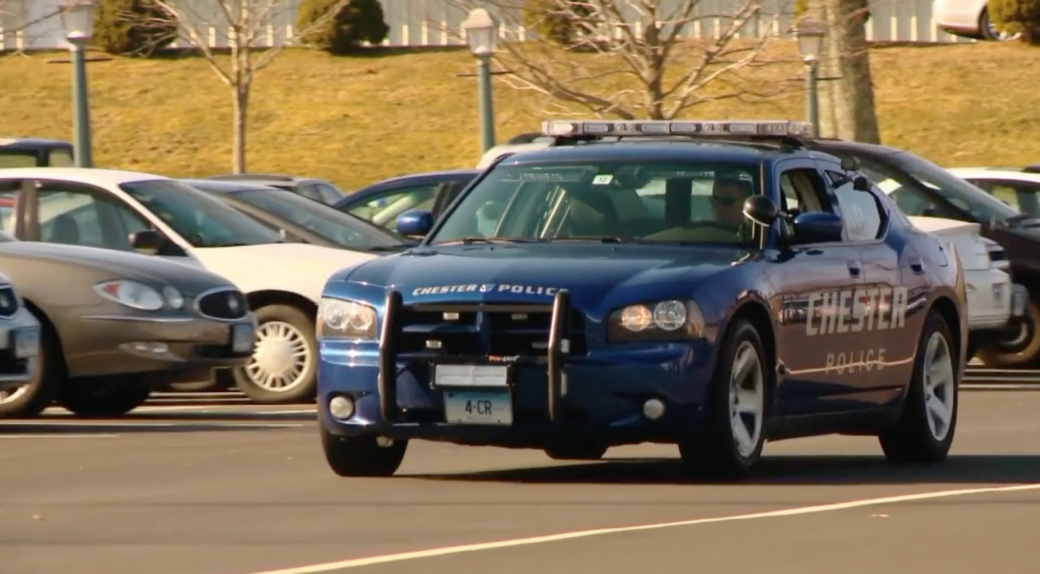Sirenscapes
The Sonic Signature of the Police
Sirens increasingly saturate both urban spaces and our media environments. Iconic features of the modern cityscape, police sirens in particular feature prominently in hip hop music, TV crime dramas, action movies, digital artworks, journalistic reportage, and user-generated social media content. For some, police sirens provoke unease and signal danger; for others, they promise security. And for many, they are pervasive, just another part of the white noise which makes up the sound-track of their social and cultural lifeworld.
This audio-video essay aims to provoke viewers to reflect upon not only where they are confronted with sirens, but also the ways in which their own positionality conditions their exposure and reactions to them. At the same time, it asks questions about how sirens are framed in commercial media, and how those frames may be subverted in order to produce moments of critique. Implicit in this project are a series of fraught methodological questions: How can the auditory affordances of the video essay productively provoke both emotional unease and critical reflexivity within viewers? What challenges arise when one attempts to ‹write› not only on, but in a medium – the siren – which for many is the sonic signature of state-sponsored violence, occupation, and repression? At what point do the affordances of videographic criticism become liabilities?
This video essay does not always answer these questions explicitly, as I wished to provoke thought rather than to provide definitive answers. It does, however, gesture implicitly towards answers through its stylistic choices, for example by eschewing vocal narration in favor of written commentary over the backdrop of audio recordings of siren-filled urban ambiance. Similar suggestions are built into the essay’s structure, which moves from sociological themes to cultural ones, culminating not with the siren’s blare but a spoken-word poetry performance. It may be impossible to avoid critiquing sirens without extending the scope of their exposure, even if only a little, but there are methods for bringing them out of the often-ignored background of daily life and into the forefront of our critical attention.
The first chapter (00:26) deals with the ever-increasing proliferation of sirens in urban life, focusing especially on the development of modern sirens which can not only be heard by the ear, but felt in the body. The second (03:06) turns to the unequal distribution of policing - and by extension, unequal exposure to sirens - around racialized and classed lines in American history and contemporary society. The next several chapters turn to the presence of sirens in our media environment. The third (05:26) focuses on visual media, dredging the proliferation of sirens not only in popular screen media such as TV, cinema, and video games, but also children’s picture books, all of which tend to be focalized through the perspective of the police. The fourth section (08:26) turns to the use of sirens in music, and in particular hip-hop, which counter-narrate against the perspective of the police, while using sirens to highlight the extent of state-sponsored police violence in the lives of the Black urban poor. However, popular music can be wrenched from its context, and may at times be misappropriated by the self-same institutions it critiques. The last chapter (11:28) turns to two forms of creative practice - a digital artwork and a piece of spoken-word poetry - in order to gesture towards the ways in which artistic practice may register sirens critically. Finally, a coda (14:18) asks viewers to reflect upon their viewing (and listening) experience even as it reflects upon the video essay’s own complicity in contributing to, even while critiquing, the proliferation of sirens in our media environment.
Special thanks to Ben Kraas, who helped with screen captures and audio clips during his internship as an ‹eTutor› under my direction in the Winter Semester of 2023-24 at the Ruhr University Bochum.
Bevorzugte Zitationsweise
Die Open-Access-Veröffentlichung erfolgt unter der Creative Commons-Lizenz CC BY-SA 4.0 DE.
